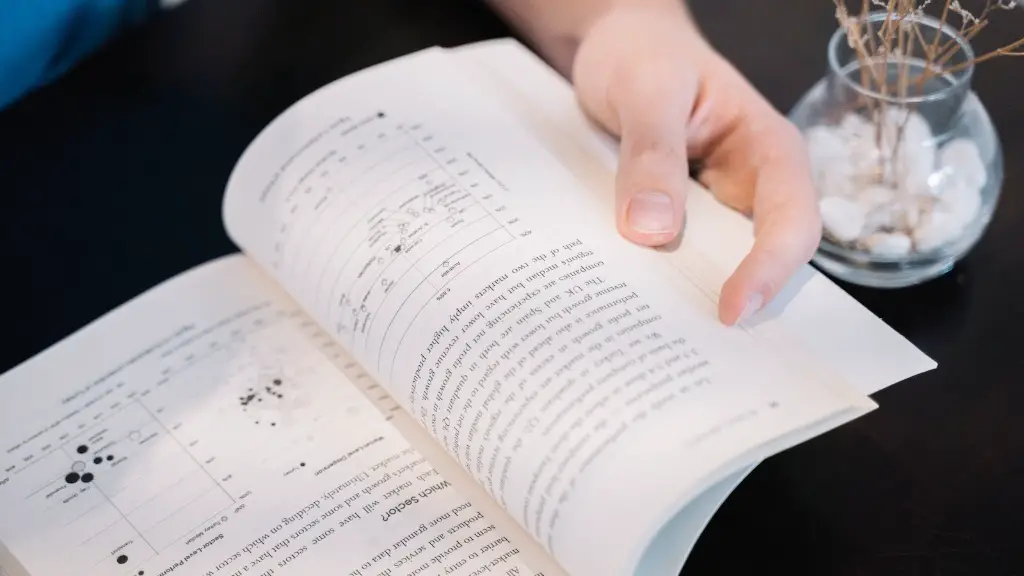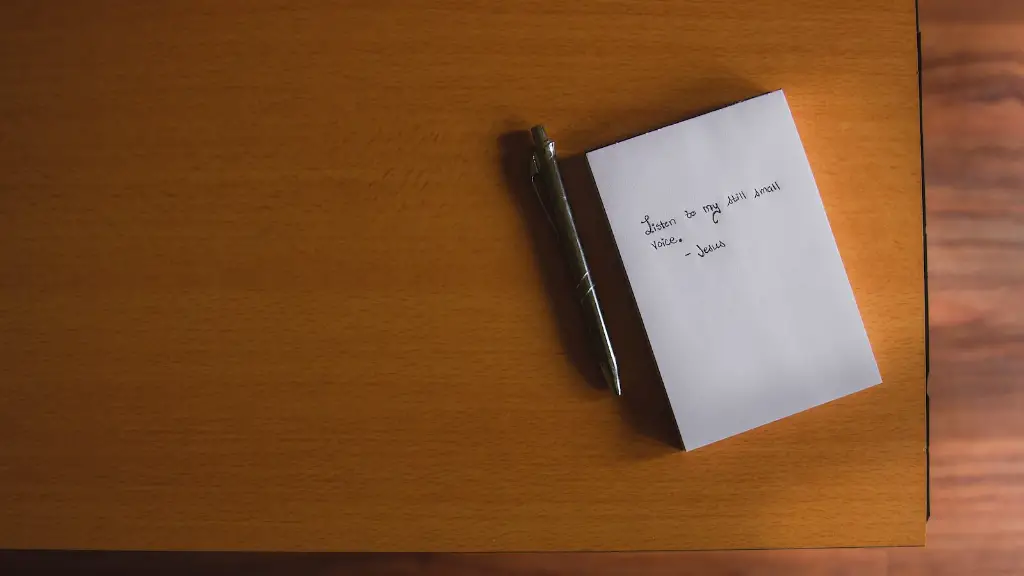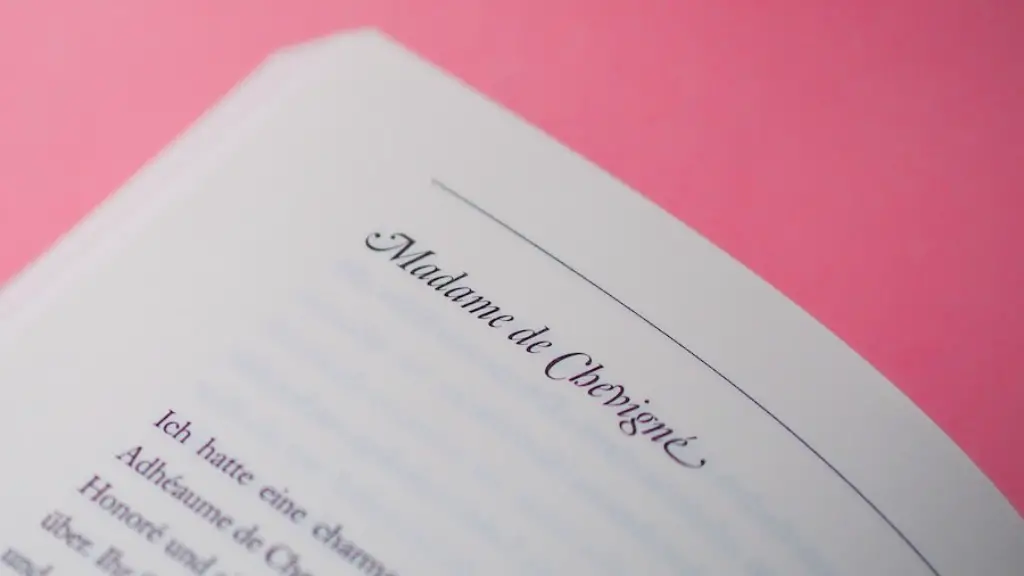What is rhythm?
Rhythm is the underlying pattern of a piece of poetry, typically measured as a sequence of stressed and unstressed syllables. It is the basic building block of a poem, from which other elements of the poem can be derived. Through the use of rhythm, poets can create imagery, evoke emotion, and draw the reader into their work.
Analyzing Rhythm in Poetry
A good way to start analyzing the rhythm of a poem is to look at it as if it were a piece of music. Pay attention to how the words and phrases are assembled together and the resulting patterns that are created.
One way to understand the rhythm of a poem is to look at the syllables. Count how many syllables are in each line, and how they are divided up. Is the poem written in iambic pentameter, which is a specific type of meter that consists of one unit of unaccented syllables followed by one unit of accented syllables? Does the rhythm of the poem vary from line to line, or does it remain the same?
Another way to analyze the rhythm of a poem is to consider the sound patterns. How does the rhythm of each line contribute to the overall sound of the poem? Are there any repeated sounds or particular combinations of sounds that stand out?
Creating Rhythm in Poetry
Creating rhythm in poetry is an essential part of writing a successful poem. When creating a poem, it is important to consider the rhythm of the words and phrases. A successful poem will have a unified, rhythmic structure.
The first step to creating rhythm in poetry is to decide on a meter. There are many different types of meters, including iambic pentameter, dactylic tetrameter, and anapestic trimeter. Once a meter is chosen, the poet can begin to assemble the lines of the poem according to the meter.
The poet should also consider the sound pattern of the poem. Think about how certain sounds can be combined to create a specific mood or feeling. By paying attention to the sounds of the words, the poet can create a melody that will help to engage the reader.
In addition, the poet should think about the use of rhythm to emphasize particular words or images. By using a particular rhythm for certain words or phrases, the poet can draw attention to them and create a more powerful image.
The Power of Rhyme
Rhyme can also be used to create rhythm in poetry. A rhyme scheme is when the last words of each line rhyme with one another. This creates a pattern that makes the poem more interesting and can help to draw the reader in.
The type of rhyme used should be chosen carefully. End-rhyme, which is when the last words of each line rhyme, is the most common form of rhyme. However, internal or slant rhyme, which is when two words that do not rhyme but have a similar sound, can also be used.
No matter what type of rhyme is used, it can be a powerful tool to create rhythm in poetry. By paying attention to the presence of rhyme and the structure of the poem, the poet can communicate a stronger message to the reader.
Repetition for Effect
Repetition can also be used to create rhythm in poetry. Repeating words, images, or phrases often has a powerful effect on the reader and can help to emphasize the main idea of the poem. However, the poet should be careful not to overuse repetition, as this can become tedious or repetitive.
Sound Devices
Sound devices, such as alliteration, assonance, and consonance, can also be used to create rhythm in poetry. Alliteration is when words with the same beginning sound are used in close proximity. Assonance is when words with the same vowel sound are used in close proximity. Consonance is when words with the same consonant sound are used in close proximity.
These devices can be used to create a specific sound or mood in the poem. By paying attention to the use of sound devices, the poet can create a unique and captivating rhythm in the poem.
Employing Rhythm in Poetry
In order to create effective rhythm in poetry, the poet should pay attention to the overall structure of the poem. This includes the meter, rhyme, and sound devices that are used. The poet should also consider the use of repeating words, phrases, and images to emphasize particular ideas or images.
By paying attention to the rhythm of a poem, the poet can create a powerful and engaging piece of work. Rhythm is an essential part of creating a successful poem, and can be used to emphasize particular words or images, evoke emotion, and draw the reader into the work.
Exploring the Structure of Poetry
In order to effectively create rhythm in poetry, it is important to understand the structure of a poem. This includes looking at the meter, sound devices, and rhyme that are used in the poem. By understanding the structure of a poem, the poet can determine which elements should be included in order to create an effective piece of work.
Using Metaphors and Similes
Metaphors and similes can be used to create rhythm in poetry. By using these devices, the poet can give the words and phrases of the poem a deeper meaning, and evoke the emotions of the reader. Metaphors and similes can be used to draw the reader into the poem and to create a memorable image.
Tips for Creating Effective Rhythm
Creating effective rhythm in poetry is an essential part of writing a successful poem. Here are some tips to consider when creating rhythm in poetry:
• Decide on a meter: The poet should decide on a specific type of meter before beginning to write the poem.
• Consider sound devices: Pay attention to the use of alliteration, assonance, and consonance to create a more powerful sound.
• Use repetition for effect: Utilize repetition to emphasize particular words or images.
• Employ rhyme: Look for natural opportunities to create a rhyme scheme in the poem.
• Incorporate metaphors and similes: Utilizing these devices can give the poem a deeper meaning and appeal to the reader.
• Read the poem aloud: Reading the poem aloud can help to identify any flaws in the rhythm.


